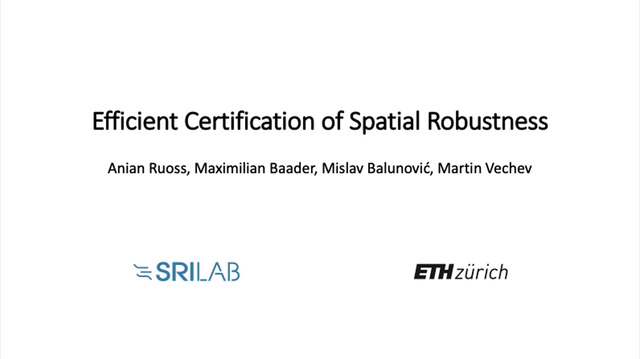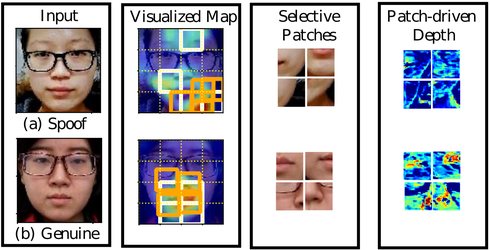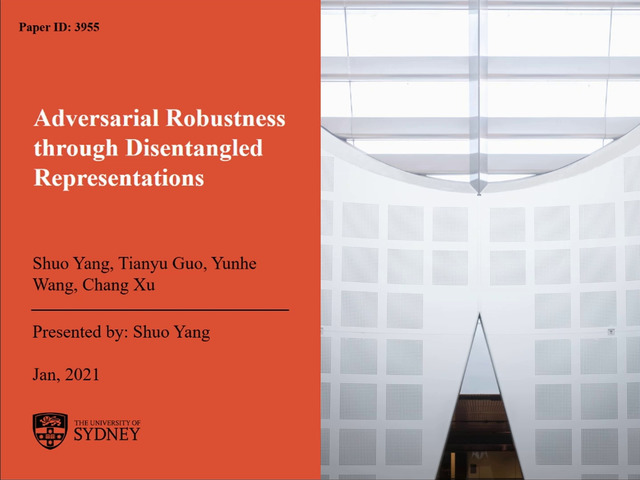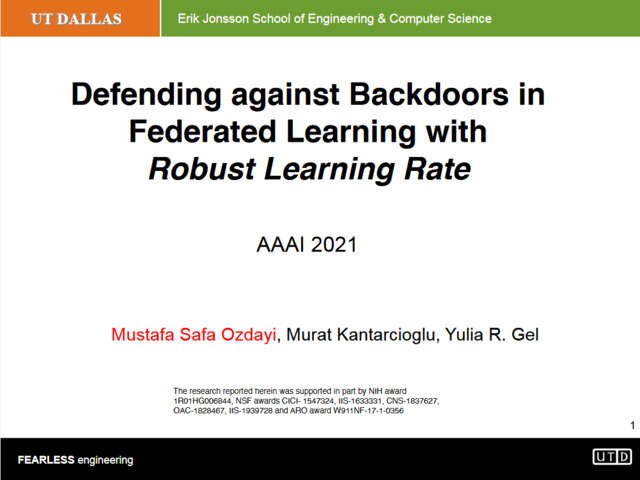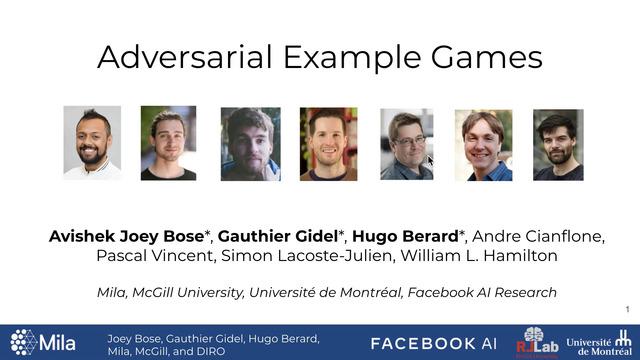Abstract:
Recent works have empirically shown that there exist adversarial examples that can be hidden from neural network interpretability (namely, making network interpretation maps visually similar), and interpretability is itself susceptible to adversarial attacks. In this paper, we theoretically show that with a proper measurement of interpretation, it is actually difficult to prevent prediction-evasion adversarial attacks from causing interpretability discrepancy, as confirmed by experiments on MNIST, CIFAR-10 and Restricted ImageNet. Spurred by that, we develop an interpretability-aware defensive scheme built only on robust interpretation (without the need of resorting to adversarial loss minimization). We show that our defense achieves both robust classification and robust interpretation, outperforming state-of-the-art adversarial training methods against attacks of large perturbation in particular.













